Use the vectors in the figure below to graph the following vector. 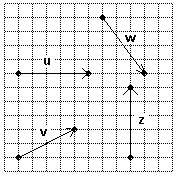 v - w
v - w 
A. 
B. 
C. 
D. 
Answer: D
You might also like to view...
Solve the inequality, then graph the solution.10n - 6 > 9n - 7![]()
A. [-13, ?)![]()
B. (-?, -1)![]()
C. (-1, ?)![]()
D. (-?, -13]![]()
Solve the equation. + 2 =
+ 2 = 
A. 
B. 
C. 
D. 
Graph the function by starting with the graph of the basic function and then using the techniques of shifting, compressing, stretching, and/or reflecting.f(x) = (x + 4)2 + 5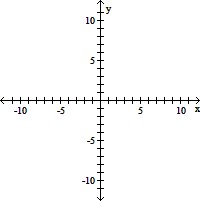
A. 
B. 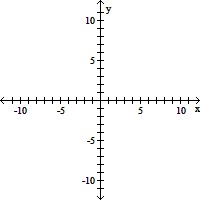
C. 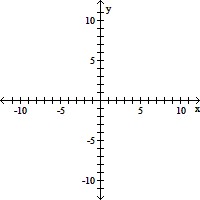
D. 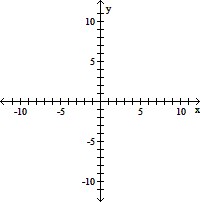
A person's weight depends both on the daily rate of energy intake, say C calories per day, and the daily rate of energy consumption, typically between 12 and 20 calories per pound per day. Using an average value of 16 calories per pound per day, a person weighing w pounds uses 16w calories per day. If  , then weight remains constant, and weight gain or loss occurs according to whether C is greater or less than 16w.To determine how fast a change in weight will occur, a plausible assumption is that dw/dt is proportional to the net excess (or deficit)
, then weight remains constant, and weight gain or loss occurs according to whether C is greater or less than 16w.To determine how fast a change in weight will occur, a plausible assumption is that dw/dt is proportional to the net excess (or deficit)  in the number
in the number
of calories per day.Assume C is constant and write a differential equation to express this relationship. Use k to represent the constant of proportionality.
A.  = k(16w - C)
= k(16w - C)
B.  = k(C - 16w)
= k(C - 16w)
C.  = k(C + 16w)
= k(C + 16w)
D.  = C(k - 16w)
= C(k - 16w)